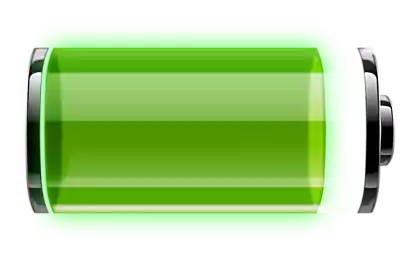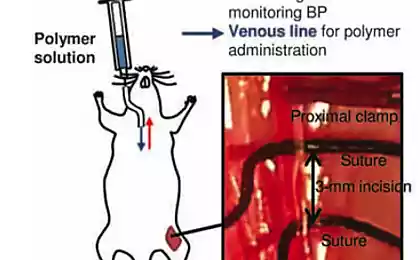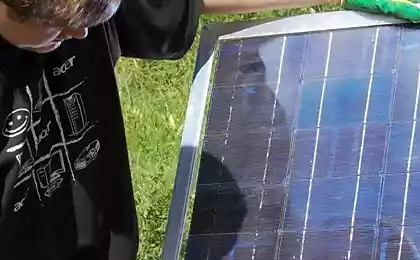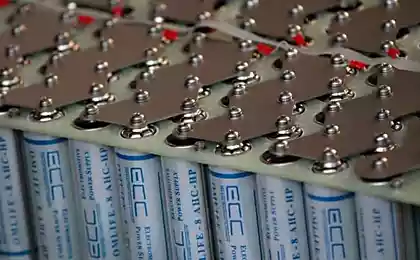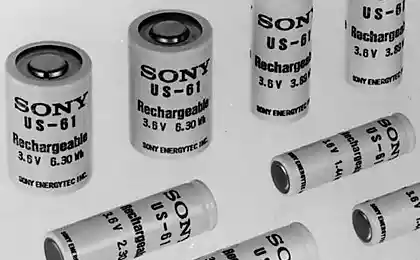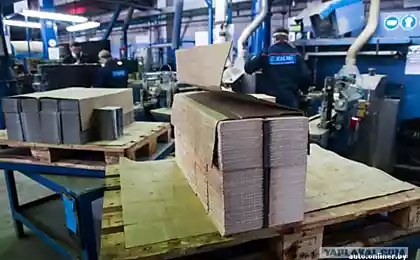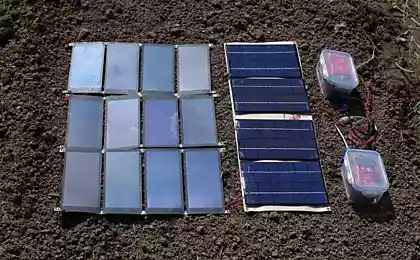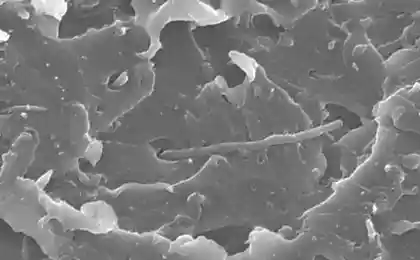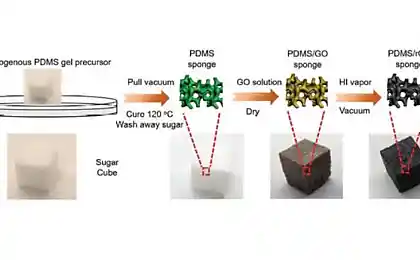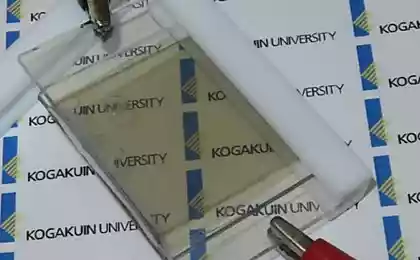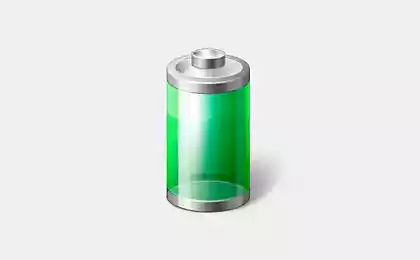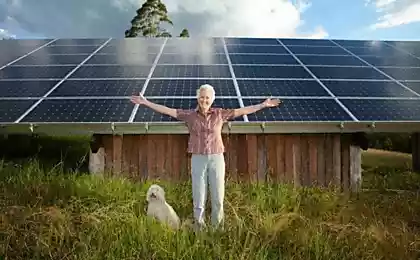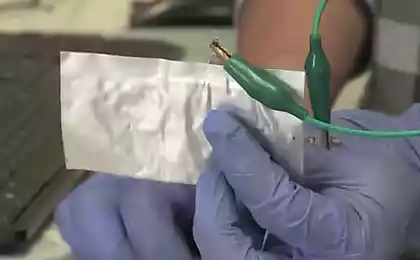442
Created a two-dimensional porous polymer for sodium-ion batteries
The research team from the National University of Singapore has made a significant contribution to the development of the technology of polymers by developing two-dimensional sheets with good conductivity and porosity suitable for the creation of an effective sodium-ion batteries.
Over the past hundred years, scientists have made strides in creating polymers, but in the production of their two-dimensional varieties of science are faced with difficulties: most molecules is not flat and normally rotate in solution. The team of Professor Loh Kian ping has developed a strategy to create a 2D polymer sheet by flat-packing of the molecules in the crystalline state, and further polymerization in the solid phase. This allowed us to limit the rotation of the molecules and form a connection carbon-carbon.
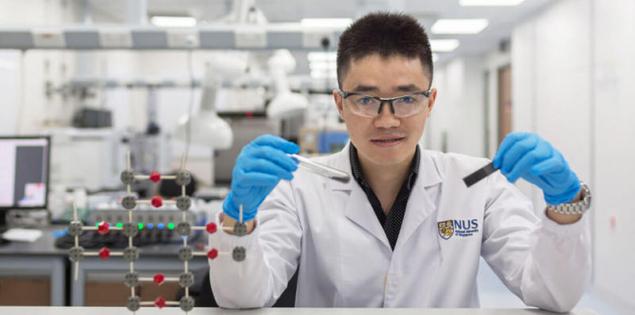
During the experiments, the Singapore scientists found that when exposed to temperatures on monomers flat, positioned in a certain way, forming two-dimensional crystalline polymer with a distinct pores and channels through which can leak sodium ions.
The uniqueness of the polymers synthesized in NUS, is that they have good electrical conductivity and regular pore subnanometric size. They can be used for effective and safe storage of sodium ions in sodium-ion batteries, varieties of metal-ion batteries, in which charge carriers are sodium ions. These batteries could be a cheaper alternative to lithium-ion.
In addition, a new two-dimensional polymer has a high stability. As anode for sodium-ion batteries is rapidly recharged at room temperature and retains 70% capacity after 7700 cycles.
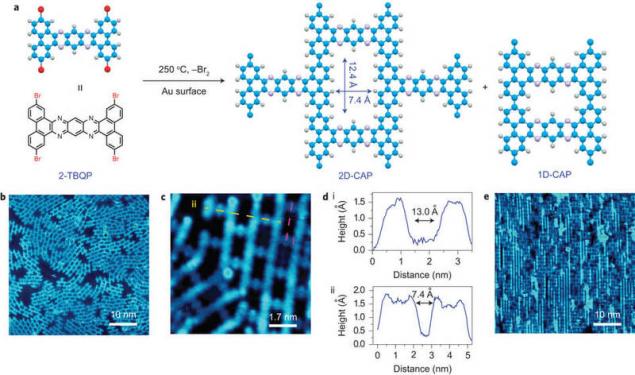
Opening of NUS scientists provides the opportunity to create the basis for a new branch of crystallography. In their plans — the use of computer technology for the development of other classes of molecular building blocks that can undergo polymerization in the solid phase and to turn into a two-dimensional polymers.
Another alternative to the lithium-ion batteries were presented by their inventor John Goodenough. It was battery with solid elements. Its energy intensity is 3 times higher, it is non-flammable, quicker charging and does not harm the environment. published
P. S. And remember, only by changing their consumption — together we change the world! ©
Source: hightech.fm/2017/03/15/two-dimensional-polymer
Over the past hundred years, scientists have made strides in creating polymers, but in the production of their two-dimensional varieties of science are faced with difficulties: most molecules is not flat and normally rotate in solution. The team of Professor Loh Kian ping has developed a strategy to create a 2D polymer sheet by flat-packing of the molecules in the crystalline state, and further polymerization in the solid phase. This allowed us to limit the rotation of the molecules and form a connection carbon-carbon.

During the experiments, the Singapore scientists found that when exposed to temperatures on monomers flat, positioned in a certain way, forming two-dimensional crystalline polymer with a distinct pores and channels through which can leak sodium ions.
The uniqueness of the polymers synthesized in NUS, is that they have good electrical conductivity and regular pore subnanometric size. They can be used for effective and safe storage of sodium ions in sodium-ion batteries, varieties of metal-ion batteries, in which charge carriers are sodium ions. These batteries could be a cheaper alternative to lithium-ion.
In addition, a new two-dimensional polymer has a high stability. As anode for sodium-ion batteries is rapidly recharged at room temperature and retains 70% capacity after 7700 cycles.

Opening of NUS scientists provides the opportunity to create the basis for a new branch of crystallography. In their plans — the use of computer technology for the development of other classes of molecular building blocks that can undergo polymerization in the solid phase and to turn into a two-dimensional polymers.
Another alternative to the lithium-ion batteries were presented by their inventor John Goodenough. It was battery with solid elements. Its energy intensity is 3 times higher, it is non-flammable, quicker charging and does not harm the environment. published
P. S. And remember, only by changing their consumption — together we change the world! ©
Source: hightech.fm/2017/03/15/two-dimensional-polymer
Startup Uniti Sweden and Siemens will establish a joint production of electric vehicles
The advantages of ordering curtains in the creative workshop "Baptiste"

